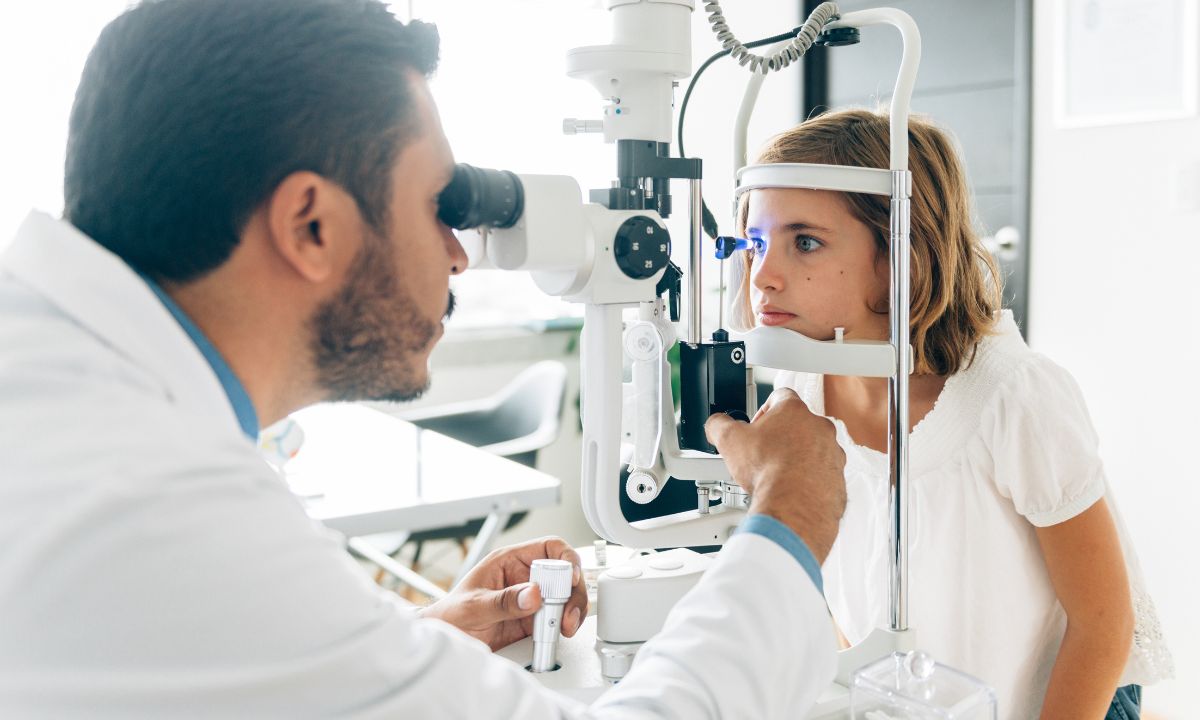Eye surface disease affects the front part of the eye. It often causes discomfort and can lead to vision problems. Common symptoms are redness, dryness, and irritation.
Doctors can diagnose it with a simple eye exam. Treatment varies from eye drops to surgery. Managing the disease early helps maintain good vision and comfort.
In this blog post, we will discuss the 4 essential insights on how eye surface disease affects vision.
Table of Contents
1. Tear Production Imbalance
Proper tear production is essential for maintaining eye surface health. When tear production is inadequate, it can lead to dry eye syndrome. This condition causes discomfort, inflammation, and sometimes even pain.
An imbalance in tear production can also exacerbate other eye surface diseases. Without a consistent layer of moisture, the eye is more susceptible to infections and abrasions. Over time, chronic dry eyes can lead to more severe complications and vision problems.
It’s important to address tear production issues promptly. Regular eye exams can identify early signs of tear imbalance. Using artificial tears and other treatments can help maintain a healthy eye surface.
2. Infections and Inflammation
Eye surface diseases, such as conjunctivitis, commonly known as pink eye, can severely affect vision. Bacterial, viral, or allergic conjunctivitis causes inflammation of the conjunctiva. This inflammation can lead to itching, redness, and watery eyes.
Infections can also impact the clarity of the corneal surface. For instance, bacterial infections can cause ulcers on the cornea. These ulcers disrupt smooth light transmission and cause pain and blurry vision.
Proper hygiene and prompt treatment can prevent the spread of infections. If you suspect you have an eye infection, seek medical advice immediately. Early treatment can mitigate the effects on vision and improve recovery time.
3. Chronic Conditions
Some eye surface diseases are chronic and require long-term management. Conditions like blepharitis, an inflammation of the eyelids, can cause significant discomfort and affect vision.
Blepharitis often leads to dry eyes, redness, and irritation. It’s essential to address this condition promptly to prevent further complications like styes or corneal ulcers.
While there is no cure for chronic conditions, proper management can improve symptoms and maintain good vision. This includes regular eye exams, proper hygiene, and following treatment plans prescribed by your doctor.
4. Corneal Surface Disruptions
Corneal surface disruptions occur when the cornea gets damaged. This damage can happen due to infections, injuries, or chronic diseases. If you live in the state of Kentucky, you’ll find world-class comprehensive eye care available for treating eye conditions like these.
Such disruptions can cause blurry vision and discomfort. It is important to manage these conditions early for better results. You can find an eye doctor in Lexington who specializes in surgical and consultative intervention.
Proper treatment can help heal the cornea and improve vision. Doctors may use eye drops or other treatments. Regular check-ups ensure your eyes stay healthy.
Final Thoughts on Eye Surface Disease
Understanding and managing eye surface disease is crucial for maintaining good vision. Regular check-ups and early treatment can prevent severe complications. Don’t ignore symptoms like redness or dry eyes.
Effective treatment and proper hygiene can significantly improve eye health. Stay vigilant and consult your eye doctor if you experience discomfort. Proactive care is key to preserving your vision.
Did this article help you? If so, take a look at some of our other blog posts for more informative reads.


